Securing Critical Raw Materials in Europe Through New Mining Technology
NGI filmed the journey underground as partners in the DINAMINE innovation project tested a semi-autonomous drilling machine for the first time at the Skaland Graphite mine. Join us in Senja and learn more about the DINAMINE project.
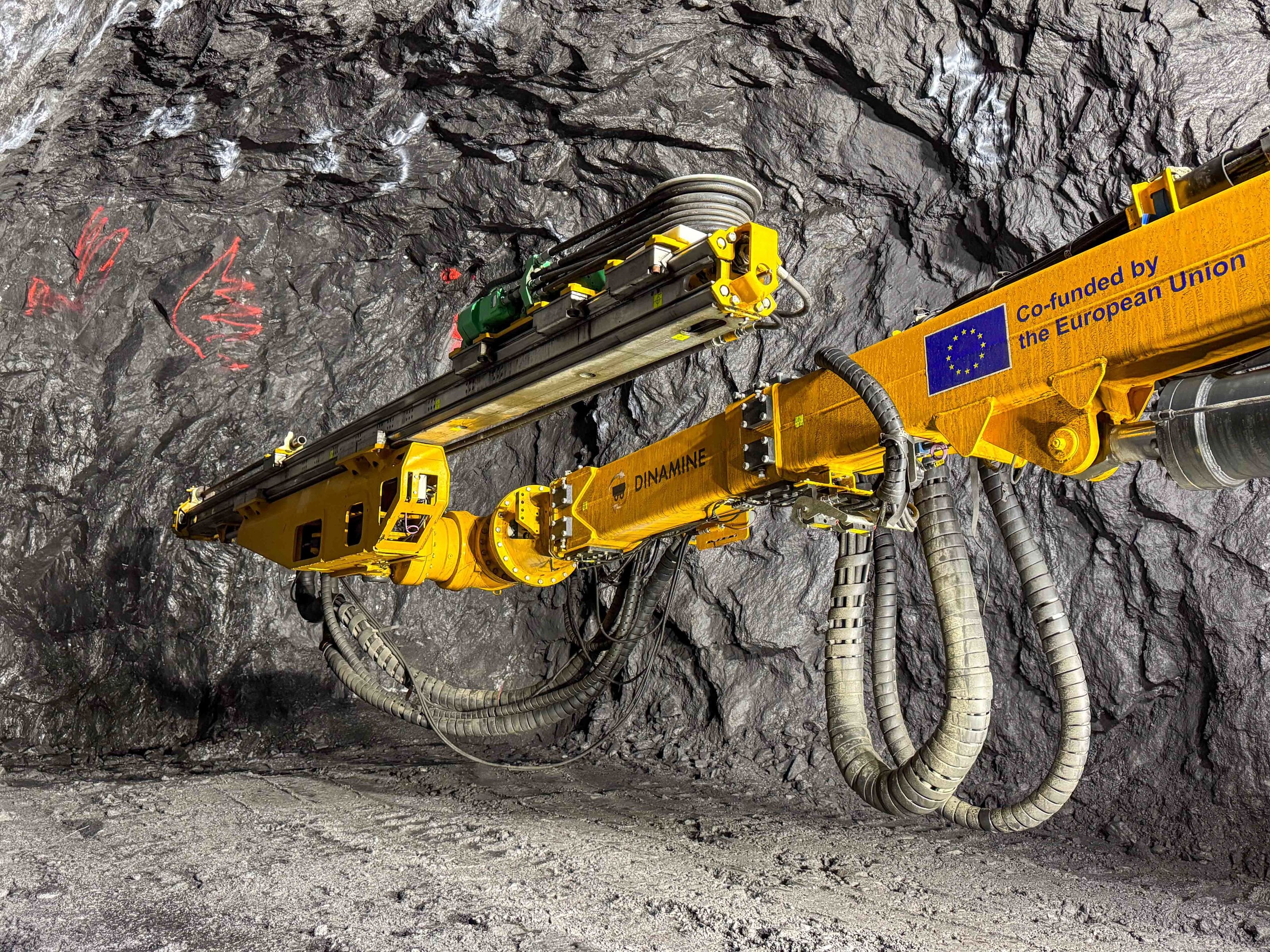
Project partner AMV, a Norwegian manufacturer of specialized machinery for tunnel and infrastructure projects, developed the machine for the project. ( NGI, Krister Jung-Lian)
The article was originally published on forskning.no.
Watch the project film at the bottom of the article.
DINAMINE is a European research and innovation initiative led by NGI – the Norwegian Geotechnical Institute. The project aims to transform the mining industry through more efficient and sustainable solutions.
"Through real-time analysis, automation, and robotics, we are developing a holistic approach to mining. The goal is to optimize resource utilization, increase safety, and reduce environmental impact at every stage of the extraction process," says Sean Salazar, NGI researcher and project coordinator.
Carbon-neutral logistics and energy-efficient processing are key measures to reduce emissions and improve sustainability throughout the value chain.
The project specifically targets small and medium-sized mining companies in Europe. To test the technologies in practice, two pilot mines have been established: an open-pit feldspar mine in Portugal—feldspar is a mineral used in ceramics, glass, and plastics—and an underground graphite mine in Senja, Northern Norway.
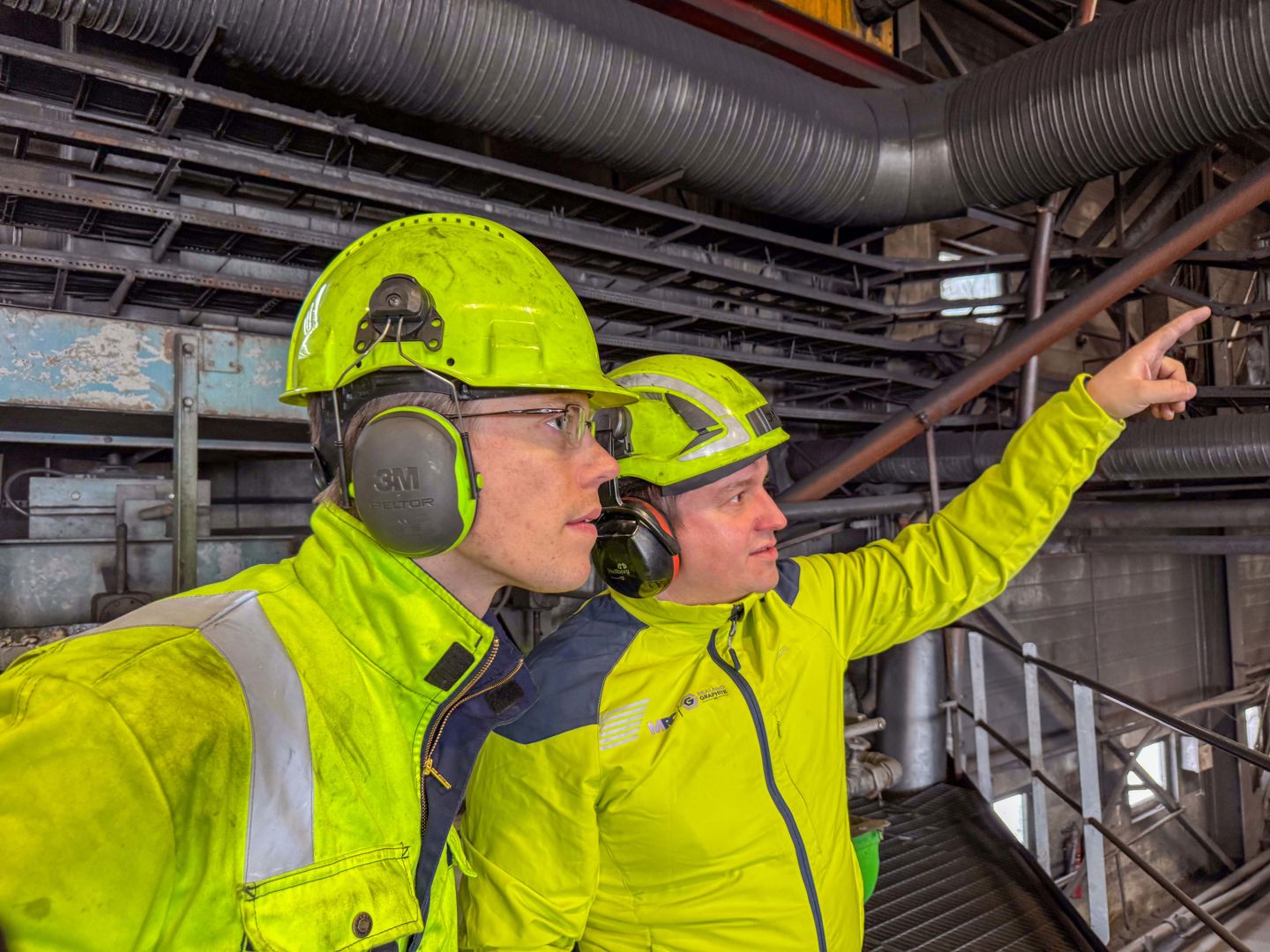
“It was the first time we tested the system in a mine,” says researcher Salazar, on the left. On the right is Rigmond Abelsen from Skaland Graphite. ( NGI, Krister Jung-Lian)
Strengthening Europe’s Independence
Critical minerals and metals play a strategic role in Europe’s economy, especially in value chains related to the green transition. However, European mining operations cannot meet demand due to low productivity, resource-intensive processes, and significant environmental impacts.
"The goal is to enable more selective, safe, and environmentally friendly extraction of raw materials—thereby strengthening Europe’s independence and competitiveness in meeting future needs," Salazar continues.
The EU lists 34 strategically critical raw materials essential to its economy and industry. Among them is natural graphite—the mineral extracted at Skaland Graphite in Senja. Due to its unique thermal and electrical conductivity, graphite has many important applications. In fact, graphite makes up about 16–22% of the weight in batteries used in devices like mobile phones and electric vehicles.
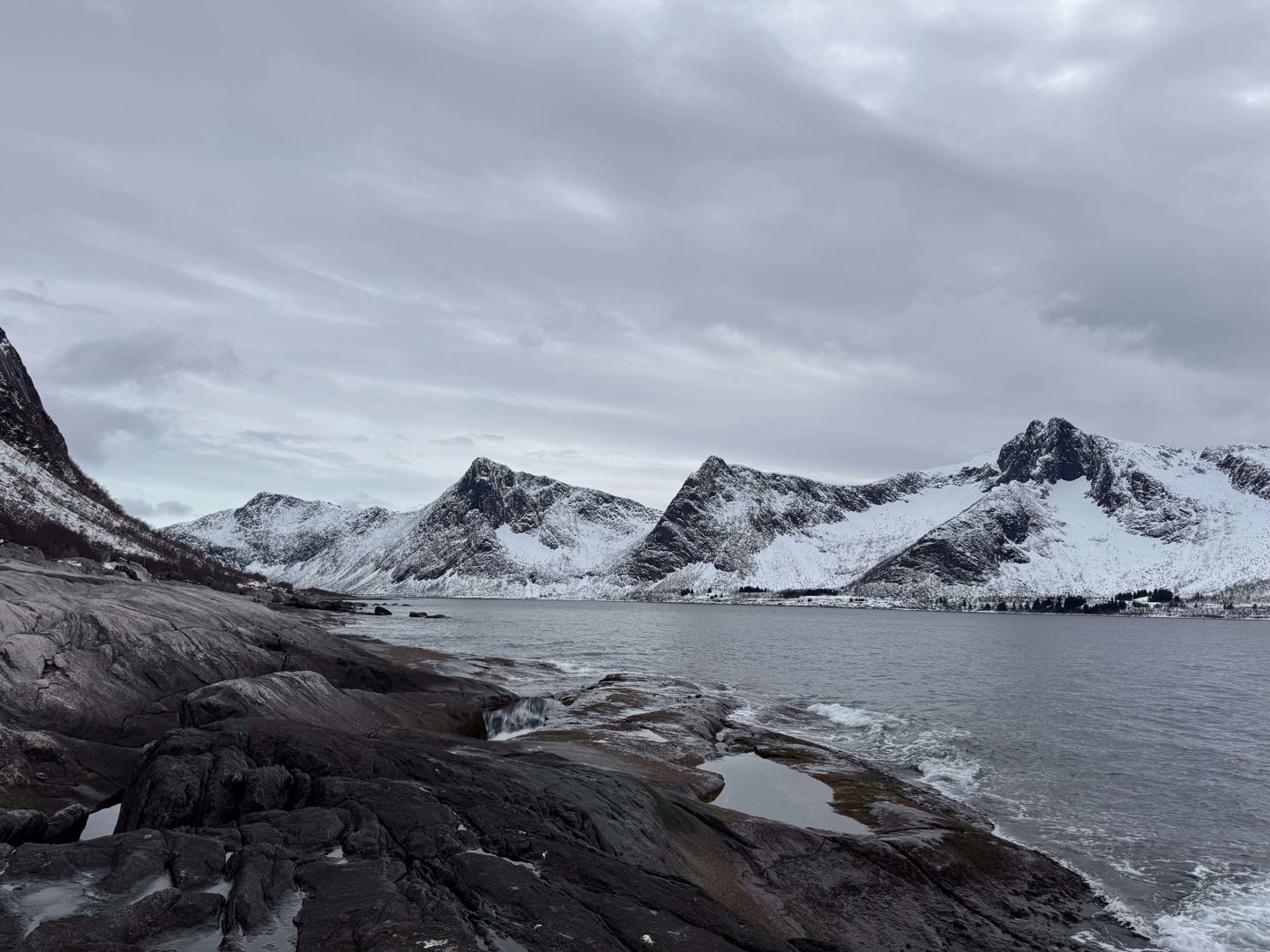
The mine is located inside the mountain on the other side of the fjord. ( NGI, Krister Jung-Lian)
First Underground Tests Completed
Earlier this year, the project team visited the Skaland Graphite mine in Senja to test the newly developed DINAMINE drilling machine. Project partner AMV, a Norwegian manufacturer of specialized machinery for tunnel and infrastructure projects, developed the machine for the project. NGI joined to document the achievement deep underground.
"We developed the semi-autonomous drilling machine at AMV and used an automatic boom control to drill at the tunnel face during mine development. The machine is specifically designed to navigate and operate in underground mines," says AMV project manager Rolf Gyland.
Automatic boom control means the drill can steer and position the boom (or drill arm) without manual input from an operator. By communicating with an automated mapping system, the machine can optimize the design, performance, and control of drilling and blasting operations.
The project team was pleased with the results:
"We tested precision drilling that combines NGI’s proprietary software with AMV’s machine and robotic arm, with great results. This was the first time we tested the system in a mine, and we’re happy to see the technologies working well together."
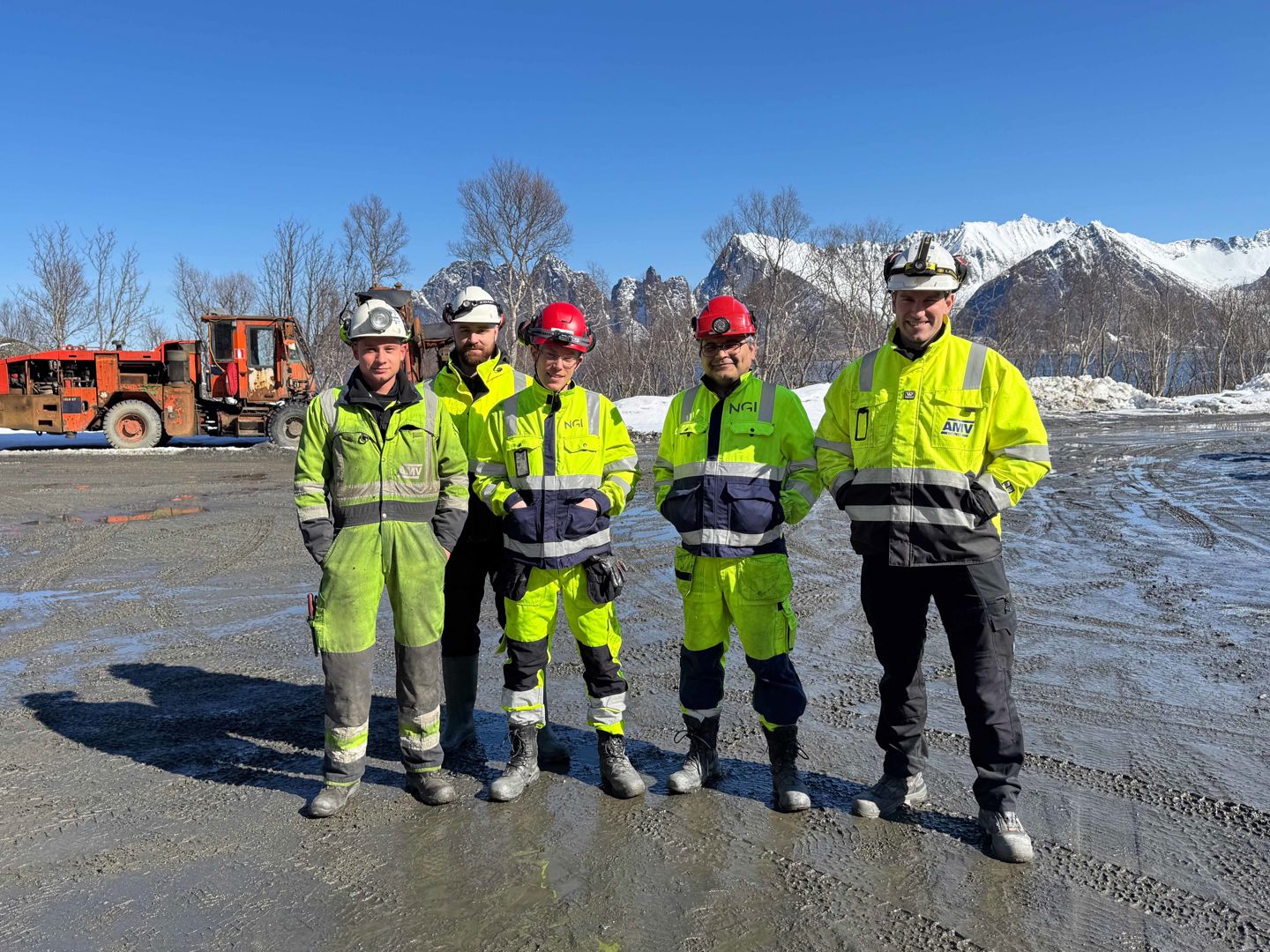
The project team before heading into the depths to carry out the first test drilling. ( NGI, Krister Jung-Lian)
Benefitting Small and Medium-Sized Mines
We drive to the other side of the mountain, where the Skaland Graphite processing plant is located. Here, raw materials are processed before being shipped out globally. Rigmond Abelsen, responsible for safe operations, explains why the Senja mine is an ideal test site for new technology.
"The DINAMINE project is designed to improve small and medium-sized mines, so it’s very valuable for us to be involved. We’ve just tested the new drill rig down in the mine—it’s the first step in a process aimed at automating and monitoring as much as possible, from planning to drilling."
A Joint European Project
The DINAMINE project is carried out by a multidisciplinary consortium of 11 partners from 6 European countries, including three research institutes and six industry partners.
This project has received funding from the EU’s Horizon Europe research and innovation program.
DINAMINE: Testing at pilot site Skaland Graphite

Funded by the European Union. Views and opinions expressed are however those of the author(s) only and do not necessarily reflect those of the European Union or HaDEA. Neither the European Union nor HaDEA can be held responsible for them.

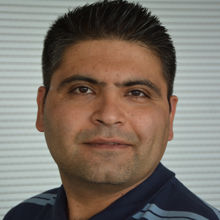
Mahdi Shabanimashcool
Lead Engineer / Lead Researcher Rock Engineering mahdi.shabanimashcool@ngi.no+47 462 72 593